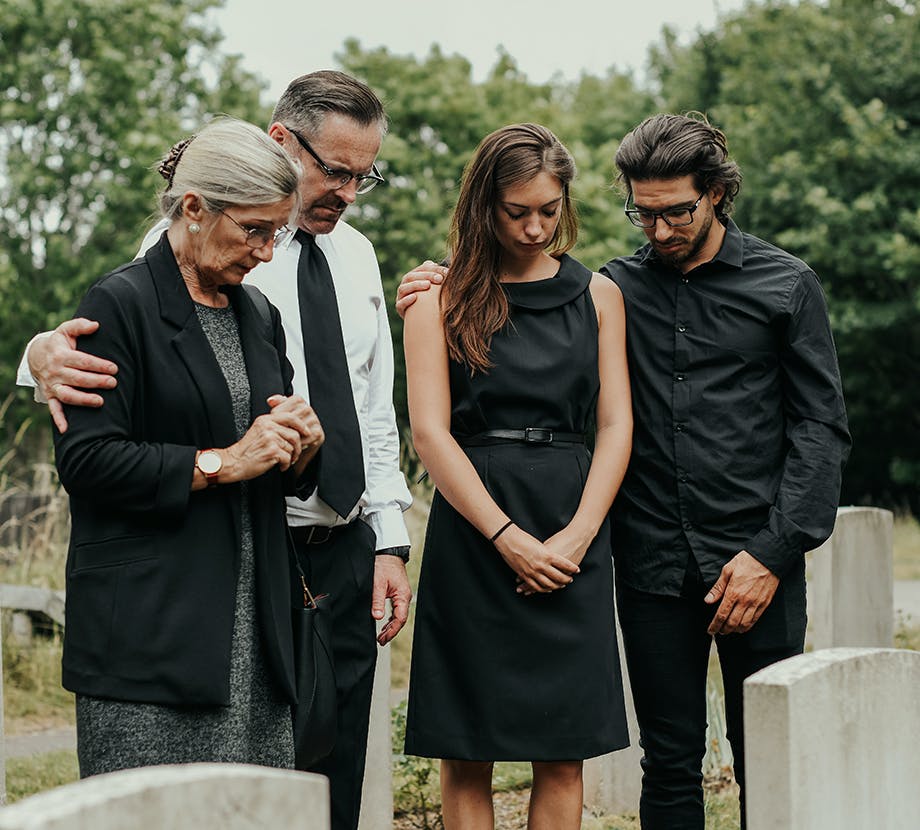Can a wrongful death claim be filed if the victim had a pre-existing condition?
Yes, a wrongful death claim can still be filed even if the victim had a pre-existing condition. If the negligent party's actions accelerated or worsened the condition, ultimately leading to the person’s death, they can still be held liable. However, proving this connection may require extensive medical evidence and expert testimony.
Can a family sue for wrongful death if the victim was partially at fault?
New York follows a comparative negligence rule, meaning that even if the victim was partially responsible for the incident, their family may still recover damages. However, the total compensation may be reduced by the percentage of fault assigned to the victim. Establishing a strong case with legal representation is crucial to minimizing any reduction in damages.
Is an autopsy required to file a wrongful death lawsuit in New York?
An autopsy is not legally required to pursue a wrongful death claim, but it can be a crucial piece of evidence. If the cause of death is disputed or unclear, an autopsy report can provide vital medical proof linking the fatal injuries to the negligent act. Without it, the defense may argue that another factor caused the death.
Can a wrongful death claim be filed if the deceased had no income?
Yes, a wrongful death claim is not limited to lost wages. Families can still seek compensation for other damages, such as loss of companionship, guidance, and household contributions. Even if the deceased was a stay-at-home parent or retired, their role in the family can still be valued financially in the claim.
What happens if the liable party dies before the wrongful death case is resolved?
If the defendant in a wrongful death case passes away, the claim does not disappear. Instead, the lawsuit can be pursued against their estate. The deceased defendant’s assets may still be used to compensate the surviving family members of the wrongful death victim.
Can a wrongful death claim be filed against the government in New York?
Yes, but suing a government entity for wrongful death is more complex. Claims against the state, city, or a public agency must follow strict procedures under the Court of Claims Act or General Municipal Law. A Notice of Claim must typically be filed within 90 days, making it critical to act quickly.
Are punitive damages available in New York wrongful death cases?
Unlike some states, New York generally does not allow punitive damages in wrongful death claims unless there is extreme misconduct, such as reckless disregard for human life or intentional harm. However, in rare cases, punitive damages may be awarded if the negligence was particularly egregious.
Can a wrongful death lawsuit be reopened after it has been settled?
Once a wrongful death case has been settled and the agreement is finalized, it is typically binding and cannot be reopened. However, if new evidence emerges proving fraud, misrepresentation, or legal misconduct in the settlement process, there may be legal grounds to challenge the resolution.
How does New York law handle wrongful death claims involving undocumented immigrants?
Undocumented immigrants have the same legal rights to file a wrongful death claim as any other person in New York. The immigration status of the deceased or their surviving family members does not affect their ability to seek compensation. However, some families may be hesitant to pursue claims due to immigration concerns, making legal representation particularly important.
Yes, a wrongful death claim can still be filed even if the victim had a pre-existing condition. If the negligent party's actions accelerated or worsened the condition, ultimately leading to the person’s death, they can still be held liable. However, proving this connection may require extensive medical evidence and expert testimony.
New York follows a comparative negligence rule, meaning that even if the victim was partially responsible for the incident, their family may still recover damages. However, the total compensation may be reduced by the percentage of fault assigned to the victim. Establishing a strong case with legal representation is crucial to minimizing any reduction in damages.
An autopsy is not legally required to pursue a wrongful death claim, but it can be a crucial piece of evidence. If the cause of death is disputed or unclear, an autopsy report can provide vital medical proof linking the fatal injuries to the negligent act. Without it, the defense may argue that another factor caused the death.
Yes, a wrongful death claim is not limited to lost wages. Families can still seek compensation for other damages, such as loss of companionship, guidance, and household contributions. Even if the deceased was a stay-at-home parent or retired, their role in the family can still be valued financially in the claim.
If the defendant in a wrongful death case passes away, the claim does not disappear. Instead, the lawsuit can be pursued against their estate. The deceased defendant’s assets may still be used to compensate the surviving family members of the wrongful death victim.
Yes, but suing a government entity for wrongful death is more complex. Claims against the state, city, or a public agency must follow strict procedures under the Court of Claims Act or General Municipal Law. A Notice of Claim must typically be filed within 90 days, making it critical to act quickly.
Unlike some states, New York generally does not allow punitive damages in wrongful death claims unless there is extreme misconduct, such as reckless disregard for human life or intentional harm. However, in rare cases, punitive damages may be awarded if the negligence was particularly egregious.
Once a wrongful death case has been settled and the agreement is finalized, it is typically binding and cannot be reopened. However, if new evidence emerges proving fraud, misrepresentation, or legal misconduct in the settlement process, there may be legal grounds to challenge the resolution.
Undocumented immigrants have the same legal rights to file a wrongful death claim as any other person in New York. The immigration status of the deceased or their surviving family members does not affect their ability to seek compensation. However, some families may be hesitant to pursue claims due to immigration concerns, making legal representation particularly important.



